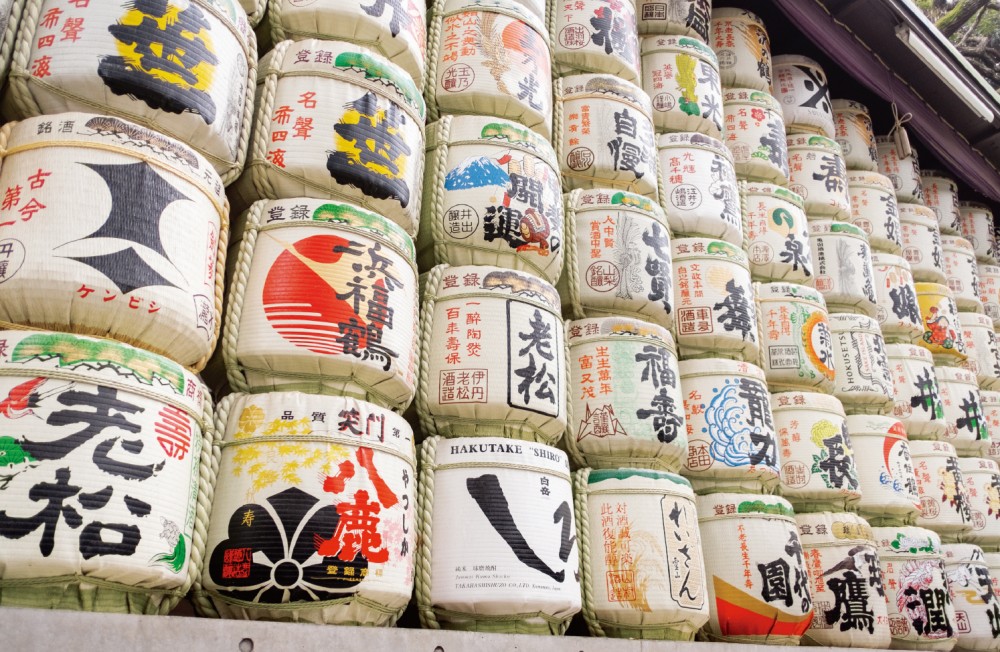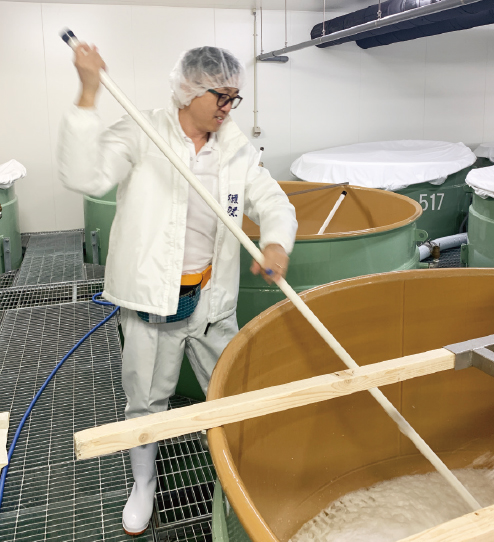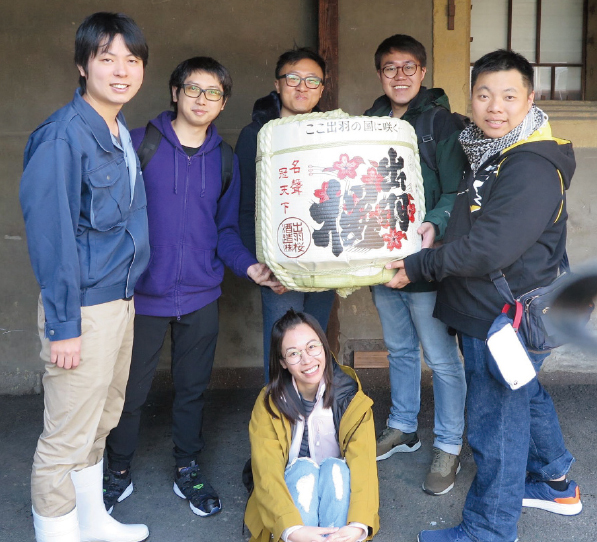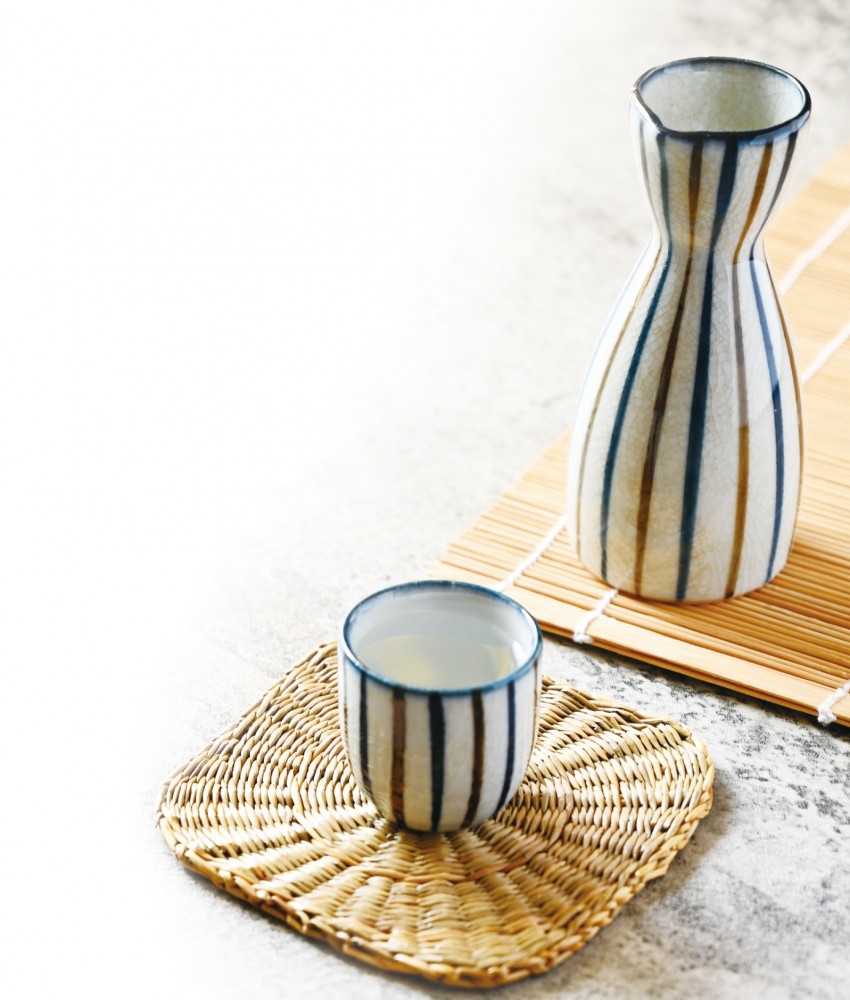Wine is not the only liquor that is worth savoring. The diverse taste profile of sake makes the alcoholic beverage highly popular; it is also regarded as a preferred choice for pairing with different food.

Benny Lee, Seasoned sake instructor recalled how he began his self-learning journey of the Japanese language – when he was obsessed with Japanese bands during his teenage years. When Lee was studying Japanese Studies at the Chinese University of Hong Kong, he spent a year in Japan as an exchange student and had the opportunity to immerse in local life and food culture. He was particularly impressed with sake - an alcoholic beverage that looks no different from plain water but features richly layered flavors.

A sophisticated taste that strives for perfection
 “Thanks to the traditional Japanese skills and processes meticulously executed over the course of fermentation and brewing, sakes are given another kind of life which is highly exemplary.” According to Lee, sake can be full-bodied or light, acidic or sweet. Some exceptionally created sakes are revered like god. Lee resonated with true artisanship demonstrated by the dedication and perseverance for perfection in every detail.
“Thanks to the traditional Japanese skills and processes meticulously executed over the course of fermentation and brewing, sakes are given another kind of life which is highly exemplary.” According to Lee, sake can be full-bodied or light, acidic or sweet. Some exceptionally created sakes are revered like god. Lee resonated with true artisanship demonstrated by the dedication and perseverance for perfection in every detail.
Lee added that the mouthfeel and flavors of earlier sakes were generally grouped into four categories, namely “steamed, refreshing, smooth and mature”. The “steamed” variety is mostly bitter-sweet, floral and fruity; the “refreshing” type gives your palate a crisp and pleasant mouthfeel, making it ideal to pair with food. The “smooth” variety has a strong rice taste that could have a faint fruity note; it is suitable for pairing with meat. The “mature” type is an aged sake which usually has an amber tone. It is commonly paired with food with sauces.
He further explained that there are more unconventional sake products that integrate the characteristics of different styles in recent years. There are now “steamed and refreshing”, “steamed and smooth” sakes, etc. He suggested sake lovers to stay updated with the latest trends of the beverage.

Broaden your sake experience with reference to rankings and tasting different products
 Popularity online surveys are conducted every year by Japanese wine-tasting websites, which collect the views of local netizens and announce top ten lists; they also organize events such as Japanese Sake Awards. Produced in limited quantities, well-known brands such as “Juyondai”, “Jikon” and “Shinshu Kameyowa” are often seen on the lists. Lee candidly commented that sake lovers could judge the credibility of these rankings and voting results by evaluating the representation, background, judging criteria and the number of voters. Generally speaking, sake lists and awards that have been running for years would serve as better references for beginners who know little about sake.
Popularity online surveys are conducted every year by Japanese wine-tasting websites, which collect the views of local netizens and announce top ten lists; they also organize events such as Japanese Sake Awards. Produced in limited quantities, well-known brands such as “Juyondai”, “Jikon” and “Shinshu Kameyowa” are often seen on the lists. Lee candidly commented that sake lovers could judge the credibility of these rankings and voting results by evaluating the representation, background, judging criteria and the number of voters. Generally speaking, sake lists and awards that have been running for years would serve as better references for beginners who know little about sake.
Lee reckoned that with a wealth of readily available information in this day and age, it is wise to look at ranking results from different sources and take note of brands and types that appear repeatedly. He added that the mouthfeel and styles of sake is a personal preference. As such, on top of taking reference from tasting and voting results, it is more important to keep an open mind and sample more varieties to identify what one truly likes.
Sake brings out the sweetness of seafood
 Sake pairs very well with food, especially seafood. According to Lee, the amino acid content in sake is at least five times more than white wine. Certain reactions occur with the inosinic acid in seafood and help to elevate the freshness and highlight the natural sweetness of seafood.
Sake pairs very well with food, especially seafood. According to Lee, the amino acid content in sake is at least five times more than white wine. Certain reactions occur with the inosinic acid in seafood and help to elevate the freshness and highlight the natural sweetness of seafood.
For novices who do not know where to start, Lee suggested to first consider more popular products. Provenance is also a preferred selection criterium. For example, sakes produced in north eastern Japan are refreshing and elegant; they have a more balanced floral note and taste of rice. Top brands are also a good choice. Junmai jingo, which features a mild aroma and taste, is a great beginner’s choice.
As for his personal favorites, Lee named “Neichi Otokoyama”, “Rihaku”, “Kubota Manju” and “Asahi Shuzou Dassai ‛23’”. Amongst them, “Neichi Otokoyama” tops his list in recent years. He described this as a delicate and mild liquor that has a floral note, the taste of rice and the succulence of fruits – it is elegant, sophisticated and well balanced. “I buy it every time I see it in Japan.”




